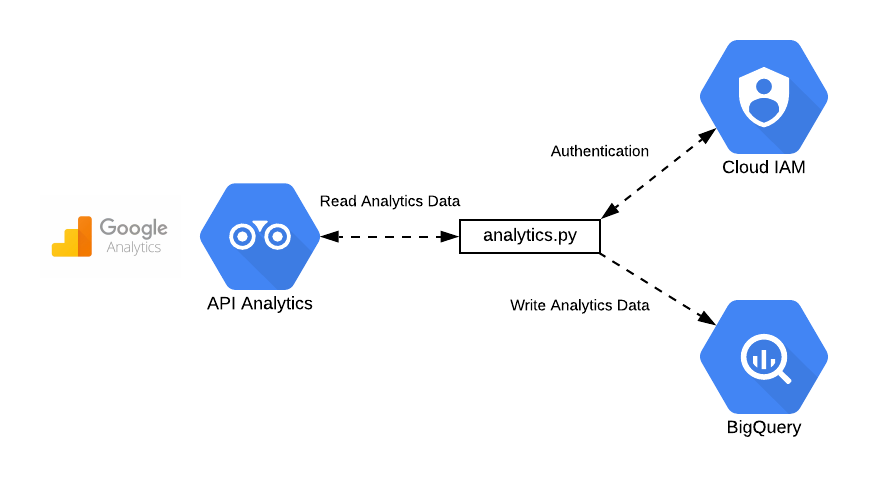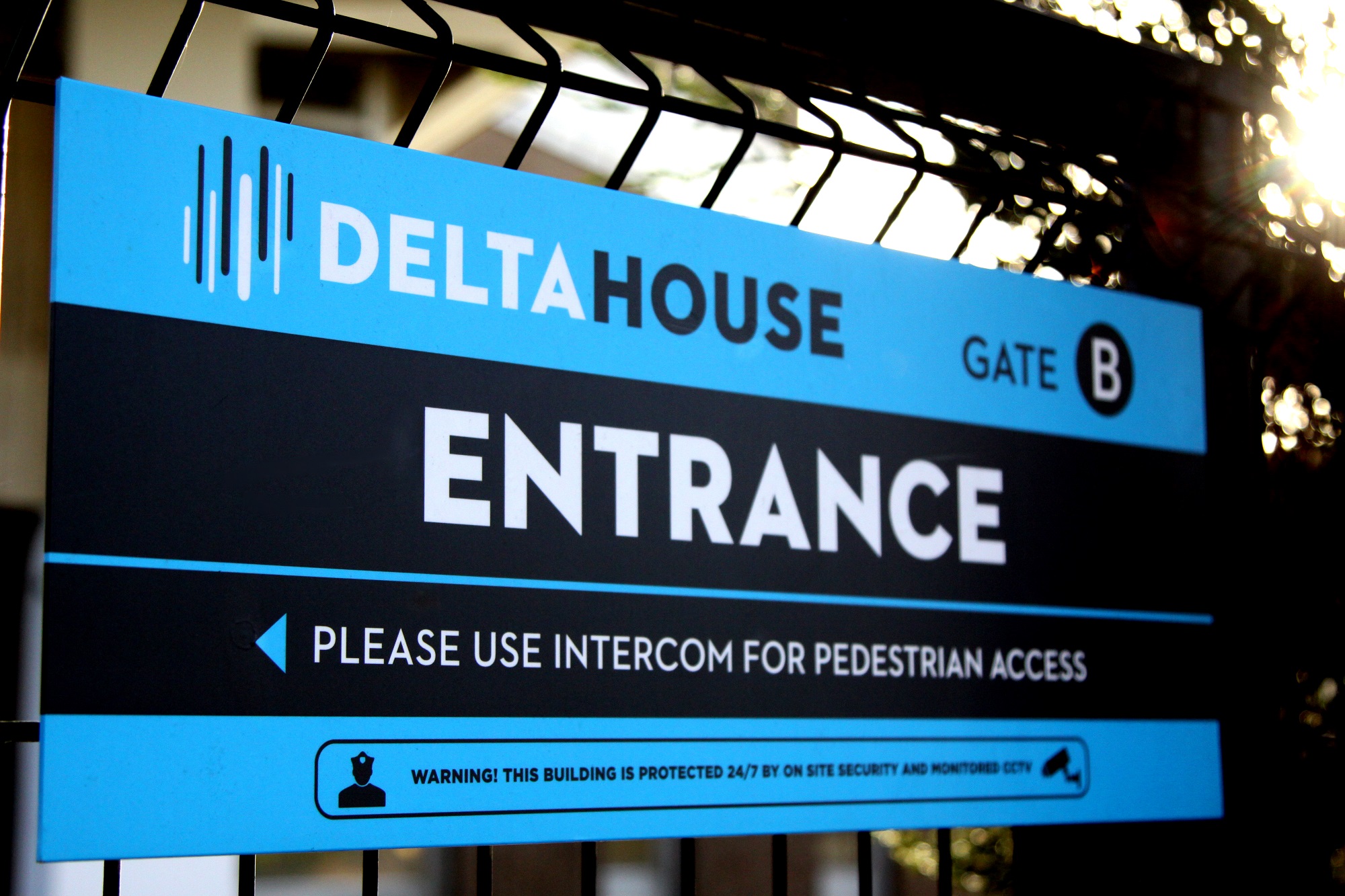
For years, businesses have relied on personalisation, using basic customer data like names and past purchases to create tailored experiences. This approach, while effective, is often static and retrospective. It assumes a customer’s needs today are the same as they were yesterday.
But what if you could understand and respond to a customer’s needs as they change, in the very moment they change? This is the promise of hyperpersonalization, a dynamic strategy that goes far beyond traditional methods by leveraging real-time data and the symbiotic power of Artificial Intelligence (AI) and Customer Relationship Management (CRM).
This article will explore how this powerful combination is revolutionising customer engagement.
What is Hyperpersonalization?
Hyperpersonalization goes beyond the basics of calling a customer by their name or sending a birthday discount. It’s about delivering context-aware, real-time experiences based on a person’s behaviour, preferences, and current situation.
Unlike traditional personalisation, which relies on static data (like age, location, or past purchases), hyperpersonalization uses:
Behavioral signals: What the customer is browsing, clicking, or abandoning right now.
Contextual triggers: Time of day, location, or device being used.
Predictive insights: AI-driven forecasts of what the customer is likely to want next.
Think of Netflix recommending a show that matches your late-night binge habits, or Spotify curating a playlist based on your mood from recent listening. That’s hyperpersonalization in action. At its core, it is about moving from one-size-fits-all campaigns to one-size-fits-one engagement.
The Role of Real-Time Data
Real-time data is the lifeblood of hyperpersonalization. It’s the continuous flow of information from live customer interactions that allows businesses to act in the moment. Unlike traditional data processing, which works in batches, real-time data is captured and analysed instantly, providing an up-to-the-minute view of the customer. In a CRM context, this data can come from multiple sources, including:
Clickstream Behaviour: Capturing every click, scroll, and view on a website or app.
Purchase History Updates: Immediately reflecting a new purchase, return, or cart abandonment.
Social and Conversational Signals: Analysing customer sentiment and questions from social media interactions or chatbot conversations.
Harnessing this data isn’t without its challenges. The sheer volume and velocity of information can be overwhelming. Ensuring data accuracy and seamless integration across all systems is critical to prevent a fragmented customer view.
How AI Transforms CRM Capabilities
AI elevates CRM from a data repository to an intelligent system that learns, predicts, and acts autonomously. Modern AI-powered CRMs analyse patterns across millions of interactions, identifying opportunities humans would miss.
Real-time analytics enable next-best actions by instantly processing customer signals and recommending optimal responses, whether that’s a personalised offer, support intervention, or content recommendation. These systems decide in milliseconds which action will most likely achieve desired outcomes.
Dynamic segmentation continuously regroups customers based on live behaviour rather than static attributes. A customer might shift between segments multiple times during a single session as their intent becomes clearer.
AI-driven automation extends personalisation across channels. Chatbots adapt conversation styles to individual preferences. Recommendation engines adjust in real-time. Email campaigns self-optimise send times and content. This orchestration happens seamlessly, creating consistent experiences regardless of touchpoint.
Next-Best Action Strategies
Next-best action (NBA) means determining the optimal interaction for each customer at any given moment. It maximises value for both customer and business. AI analyses hundreds of variables to recommend actions most likely to achieve specific goals.
Here are some powerful use cases:
Personalised Product Recommendations
An AI model detects that a customer has been browsing for hiking gear and instantly suggests a lightweight backpack and a new water bottle at checkout.
Dynamic Offers and Discounts
A customer places an item in their cart but hesitates. The CRM system, powered by AI, detects this hesitation and, a moment later, triggers an offer for free shipping to incentivise the purchase.
Timing Communications
AI analyses a customer’s email and browsing history to determine the optimal time to send a promotional SMS or a push notification, increasing the likelihood of engagement.
Customer Service and Retention
An AI system flags a customer as “at-risk of churn” due to low activity. The CRM automatically alerts a service representative, providing a personalised retention offer or a proactive check-in.
AI continuously learns from outcomes, refining predictions with each interaction. When a customer abandons their cart, NBA might trigger an email immediately for price-sensitive shoppers but wait 24 hours for those who typically research before buying. Companies like Beanbag AI enhance this with AI voice agents that call customers, offering personalised solutions. This adaptive approach ensures each journey unfolds optimally for that individual.
Dynamic Segmentation in Real Time
Moving beyond static customer segments is a game-changer. Dynamic segmentation allows businesses to target a customer not just by who they are, but by what they are doing right now.
Consider these examples:
Segment Shift After Browsing Behaviour
A customer who was in the “general interest” segment browses a specific line of eco-friendly products. The AI instantly moves them into a new, temporary “eco-conscious buyer” segment, triggering relevant product promotions and content.
Seasonal or Situational Segmentation
The system can create a “holiday shopper” segment for customers who are actively searching for gift ideas, tailoring content and offers accordingly. Similarly, it can make a “travel planner” segment based on searches for flight information, offering hotel deals and rental car discounts.
This fluidity allows marketing and sales teams to deliver highly relevant campaigns that resonate with a customer’s current intent, leading to a significant increase in campaign performance and customer satisfaction.
Benefits and Business Impact
Increased Customer Engagement and Satisfaction: When customers feel understood, they are more likely to interact with your brand, leading to deeper engagement and positive experiences.
Higher Conversion and Retention Rates: By delivering the right message at the right time, businesses can significantly increase conversion rates and build the kind of loyalty that reduces churn.
Stronger Brand Loyalty: A consistent, personalised experience builds a strong emotional connection, turning casual buyers into long-term advocates.
Tangible ROI: The operational efficiency and revenue growth from AI-driven strategies provide a clear return on investment.
Conclusion
The future of customer engagement is here, and it’s powered by real-time data. By embracing the synergy between AI and CRM, businesses can move beyond generic, retrospective marketing to create living, adaptive experiences that truly resonate with each individual customer.
This is no longer just about transactions; it’s about building relationships that are as dynamic and unique as the people you serve. The key is to start small, build your foundation, and scale your efforts, ensuring that every action you take is guided by the most powerful insight of all: the understanding of the customer in the very moment that matters. Get in touch today.









